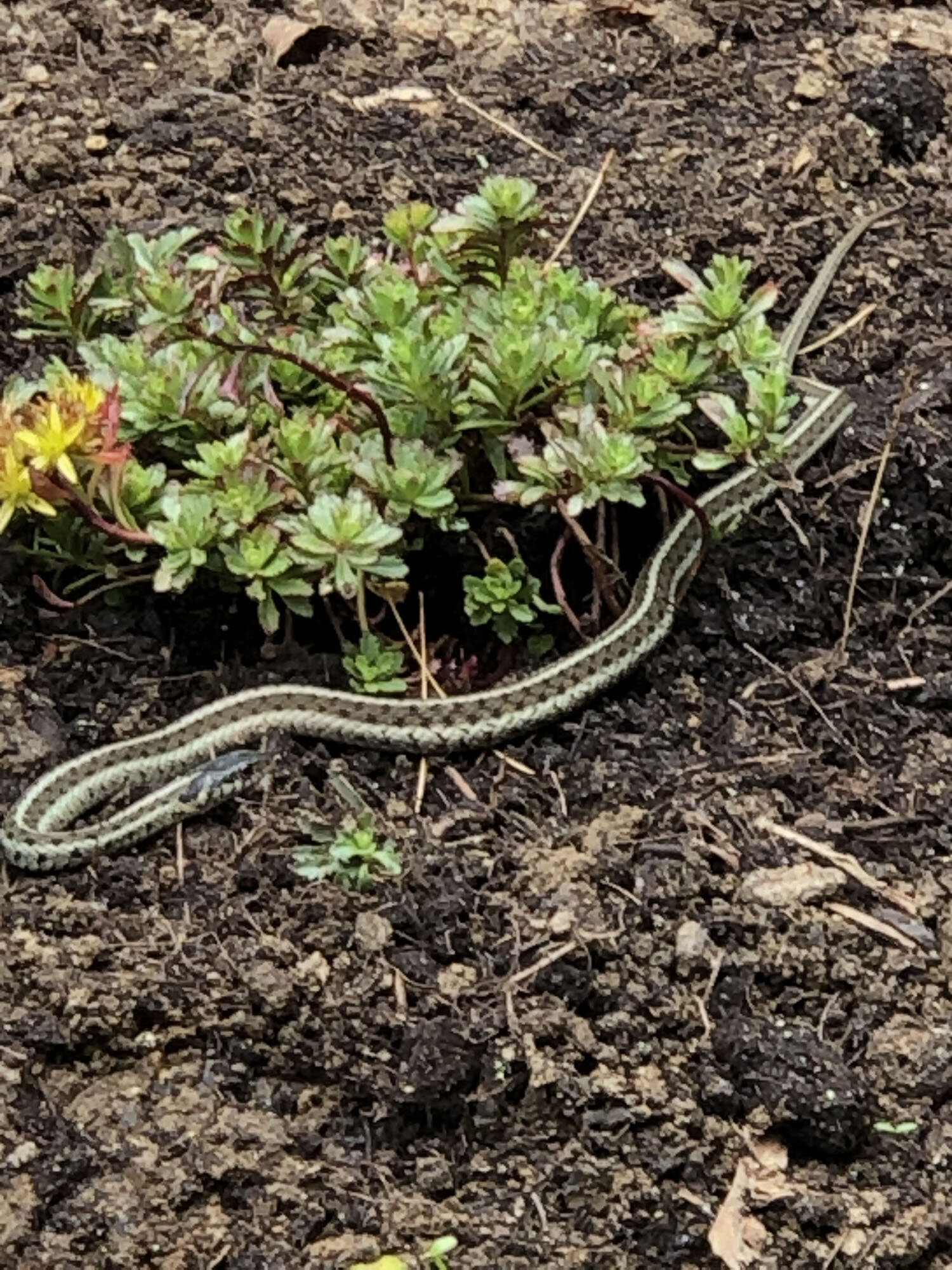Wildlife Observations: Solstice Stillness
By the time this column runs, the summer solstice will be nearly two weeks behind us. I love this time of year: long days of sunlight, not too hot yet, and lightning bugs. (Topic for doctoral thesis: etymology of “firefly” and “lightning bug.” I always call them lightning bugs.)
But here is what I’ve noticed over the years. The week (more or less) before and after the solstice is a time of rest for many animals.
The pull of the sun, magnetic fields, and prevailing winds have done their jobs. Migration is done, the young have left or are about to leave the nest/den/burrow, and the pull of the reverse migration has not yet been felt. Most creatures are taking a short vacation.
I love to sleep in a room with an open window, to fall asleep and wake up to the sounds of nature. There is birdsong on these June mornings, but the evenings are silent. Soon you will hear the first cicada, and then they will crescendo. Same with the crickets. Listen to the silent night now, and, come some September evening, ask yourself, “How did they get so loud?”
But enough of my musings, which are intended to underscore the fact that during the solstice season, you’re unlikely to see anything new. (Our extremely limited submissions lately bear this out.)
In the Crum Woods, I’ve seen a Baltimore oriole, an eastern kingbird, a belted kingfisher, numerous painted turtles, and two beavers. Good stuff, but all usual summer-resident suspects. My recent highlight was a pileated woodpecker in my backyard. I’ve never seen one so close up. It landed on the ground 20 feet from me and appeared to be as high as my knee.
Jim McCambridge of Swarthmore had a fruitful outing a few weeks back. In and around the Crum Woods he observed a “bale” of eastern painted turtles, a wild turkey, a beaver, and a ribbon snake.
Julie Ellis of Swarthmore submitted a photograph of a garter snake observed in the Crum Woods.
David Dee of Rose Valley spotted an eastern box turtle digging in his garden, which he hopes was for egg-laying purposes. I hope so, too.
Rachel Pastan of Swarthmore has been seeing many bats at dusk in front of her house: “I can’t remember ever seeing so many,” she wrote. Nine species of bats regularly occur in Pennsylvania, and identifying the differences between species from a distance in the dark is nigh on impossible.
You can submit your wildlife sightings below.









